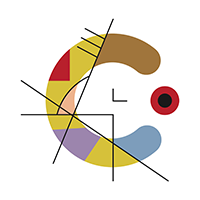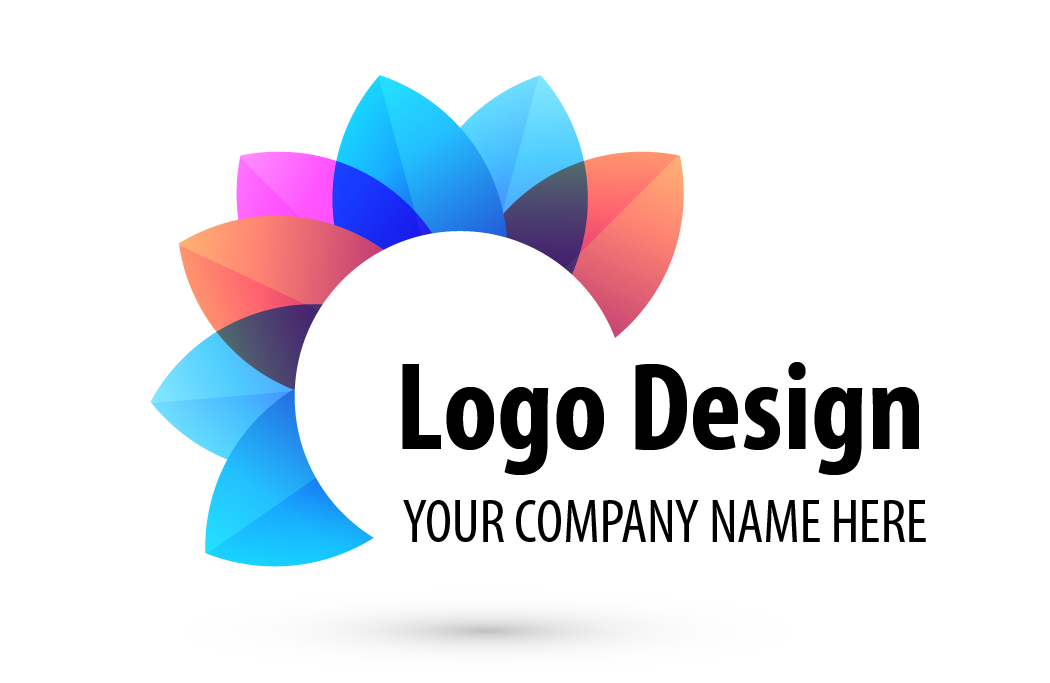Logos are the visual cornerstone of a brand’s identity, serving as a powerful tool for recognition and communication. Behind every iconic logo lies a carefully crafted design, incorporating various elements to convey the brand’s essence and values.
The most popular logo design categories
Let’s dissect the anatomy of logo design to understand the key components that contribute to its effectiveness:
Wordmark/Logotype
 At the core of many logos is the wordmark or logotype, which typically consists of the brand’s name rendered in a specific font or typography and usually includes.
At the core of many logos is the wordmark or logotype, which typically consists of the brand’s name rendered in a specific font or typography and usually includes.
This element establishes brand recognition and can be customised to reflect the brand’s personality, whether sleek and modern or classic and traditional.
Symbol/Icon
![]() Many logos incorporate a symbol or icon that visually represents the brand.
Many logos incorporate a symbol or icon that visually represents the brand.
This can be a literal representation of the company’s products or services, an abstract symbol conveying its values, or a combination of both.
The symbol adds visual interest and can often be used independently of the wordmark for greater versatility.
Colour Palette
 The colours chosen for a logo play a crucial role in shaping its perception and evoking emotional responses. Whether bold, vibrant, subtle, or muted, the colour palette should align with the brand’s personality and resonate with its target audience.
The colours chosen for a logo play a crucial role in shaping its perception and evoking emotional responses. Whether bold, vibrant, subtle, or muted, the colour palette should align with the brand’s personality and resonate with its target audience.
Additionally, colour consistency is essential for maintaining brand integrity across different mediums and platforms.
Typography
The choice of typography for the wordmark is another vital aspect of logo design. Different fonts convey different tones and personalities, whether serif fonts for a classic and elegant feel, sans-serif fonts for a modern and minimalistic look, or script fonts for a more whimsical and playful vibe. Typography should be legible and scalable to ensure the logo remains effective across various sizes and applications.
Composition/Layout
 The arrangement of elements within the logo, including the placement of the wordmark and symbol, contributes to its overall balance and visual appeal.
The arrangement of elements within the logo, including the placement of the wordmark and symbol, contributes to its overall balance and visual appeal.
A well-balanced composition ensures that all elements harmonise and work together seamlessly, whether the logo is displayed in a small size on a business card or enlarged on a billboard.
Negative Space
Negative space refers to the space surrounding and between the elements of a logo. Clever use of negative space can create subtle visual effects and hidden meanings, adding depth and intrigue to the design. For example, the FedEx logo incorporates a hidden arrow between the letters ‘E’ and ‘x’, symbolising speed and precision.
Scalability
A well-designed logo should be scalable, meaning it retains its legibility and visual impact when scaled up or down. Whether printed on a tiny business card or on a giant billboard, the logo should maintain its clarity and integrity across different sizes and resolutions.
Adaptability
In today’s digital age, logos must be adaptable to various digital platforms and mediums, including websites, social media profiles, and mobile applications. A responsive logo design ensures that the brand remains recognisable and consistent across all touchpoints, regardless of the device or platform.
In Summary
In conclusion, a logo’s anatomy comprises various elements in brand development that work harmoniously to create a distinctive visual identity. From the wordmark and symbol to the colour palette and composition, each component plays a vital role in shaping the logo’s perception and communicating the brand’s essence to its audience.
By understanding and mastering these elements, design agencies can create logos that stand out in a cluttered digital landscape, resonate with consumers, and leave a lasting impression.
The Ethical Agency is a brand development expert specialising in high-quality logo design, brand strategy, stationary, and marketing assets that best articulate your brand message to the world.
